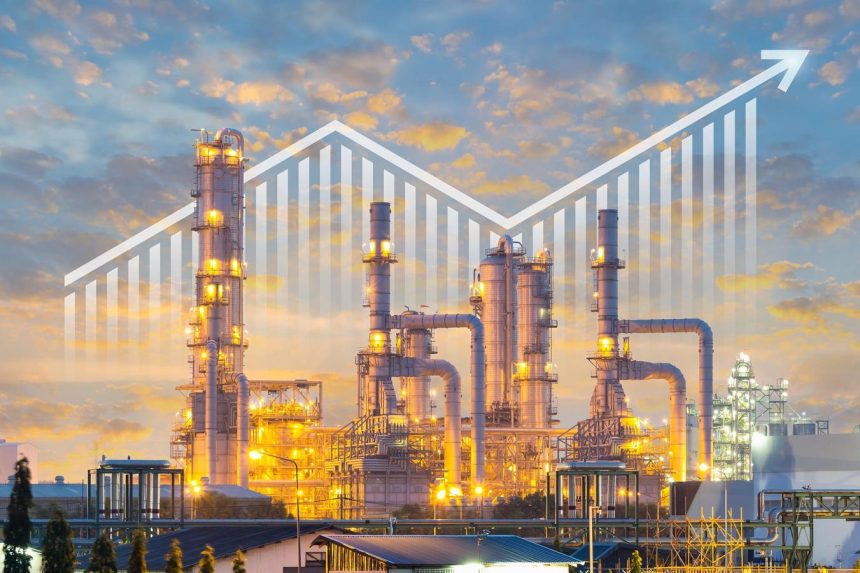By looks of it both BP (LON: BP) and Shell (LON: SHEL) are focused on enhanced shareholder returns over the near-term. Both energy majors announced share buybacks and stable dividends earlier this week.
While dividends by both FTSE 100 companies were increased earlier this year, payments still remain lower than pre-Covid levels. So what should investors make of it all as the end of the trading year nears and 2024 approaches? Let’s first get a handle on the latest quarterly results in brief.
Shell
Shell reported a $6.2 billion profit for the third quarter on Thursday (November 1, 2023). That’s higher than the $5.1 billion recorded in the previous quarter by 22%. But it’s way lower than the $9.45 billion Shell posted over the same quarter last year, when the Russia-Ukraine war boosted energy industry coffers.
BP
Rival BP posted a net profit of $3.293 billion in the third quarter on Tuesday (October 31, 2023), up 27% on the $2.59 billion in profits posted in the previous quarter. However, that’s also down substantially from $8.15 billion posted for the corresponding quarter last year, when margins were again undoubtedly boosted by the company’s own Russia-Ukraine war windfall.
Buybacks and dividends at a glance
Despite falls in profits on an annualized basis, both companies appear committed to share buybacks to support their share prices, but Shell comes across as more bullish. It announced a $3.5 billion share buyback spread out over the next three months, with CEO Wael Sawan indicating the energy giant had set aside $6.5 billion for the second half of the year “well in excess” of the $5 billion announced in June.
“We [Shell] delivered another quarter of strong operational and financial performance, capturing opportunities in volatile commodity markets,” Sawan noted at the release of the company’s quarterly financials.
BP claimed to be “performing while transforming” – without any clarity (as yet) on who will be its next CEO following the unceremonious departure of Bernard Looney – and continued with a trend of slowing share buybacks. The stated figure for the quarter was $1.5 billion – steady on the buyback rate of the previous quarter but down from the $1.75 billion in the quarter before.
It said higher oil refining margins and increased oil and gas production contributed to improved earnings but gains there were “partly offset by weak natural gas marketing and trading.”
As for dividends, both U.K. energy majors maintained theirs. Shell declared its at $0.33 per share, same as the previous quarter, when a hike of 15% was announced. But the current figure is still around 30% lower than the company’s pre-Covid dividend level (cut back in April 2020). That gives Shell a current dividend-yield of around 3.9% (at 12:59 EDT on November 3, 2023).
BP maintained its dividend at $0.0727 per share, again same as the previous quarter, but up 10% from a year ago. However, that’s also well below its regular pre-Covid payouts of over $0.10 per share. It gives BP a current dividend-yield of 4.70% (at 12:59 EDT on November 3, 2023).
The Verdict: Shoo in for strong end to 2023
In terms of messaging, to me Shell’s appears to be more robust than BP’s with the latter in dire need of a new CEO to clarify its vision. However, both offer similarly stable dividends and medium-term potential. Of course, near-term concerns over the performance of energy majors will likely persist, because quite like their peers – BP and Shell – cannot escape the macroeconomic climate.
Central banks in the G7, including the U.S. Federal Reserve, are maintaining higher interest rates to combat inflation. Demand for oil is still tepid with concerns over economic activity in China and Germany, and consumer confidence in key markets. Additionally, the global geopolitical climate remains febrile adding to unpredictable upsides and downsides for energy stocks.
Consequently, it may be a while before market uncertainty and volatility subside. But oil stocks such as BP and Shell are in shoo in for a strong end to 2023. That’s because oil prices will likely remain elevated north of $60 for the remainder of the year and in the first quarter of 2024, even if outlandish predictions of $150 per barrel prices do not materialize.
Read the full article here




